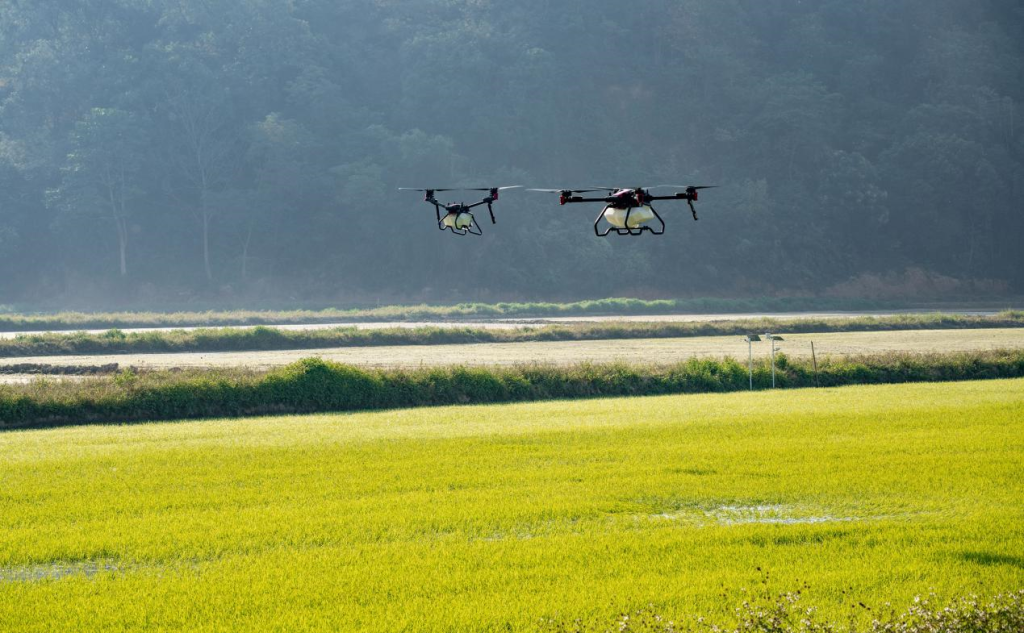Recently, a test flight of pesticide spraying by UAV was conducted in Xiangchun Town, Fukuoka Prefecture Prefecture, Japan. Previously, the homework that took two people an hour and a half to complete took only 3 minutes. Equivalent to reducing everyone’s burden to one in 60.
Over a field where onions are grown, a small square drone with a side length of 1.2 meters flies 1.5 meters above the ground while spraying pesticides. The drone flew back and forth three times over the farmland at a speed equivalent to a bicycle, and the sound made by the four propellers was very small, almost negligible.
The drone for this test flight is a pesticide spraying machine developed by XAIRCRAFT JAPAN, a subsidiary of China Jifei Technology in Japan. It only took about 3 minutes to complete the pesticide spraying of 1.8 acres of onions. Farmer Zhong Yuanzhuo, who assisted in the test flight, was also shocked to say that wearing a raincoat and spraying medicine in summer was particularly tiring, which was really labor-saving.
Spraying pesticides requires a lot of manpower and operation time, and symptoms such as rough skin and eye pain may also occur due to the use of pesticides, which brings a great burden to the sprayer. XAIRCRAFT JAPAN said that due to drones using smartphones for remote operation, it can reduce the harm to health.
If the global positioning system (GPS) is used to set the operating range, operations can still be carried out at night due to the automatic control from takeoff to spraying and landing. The drone can carry up to 10 liters of pesticide and automatically adjust the pesticide dosage based on the speed changes brought by the wind. It can be evenly sprayed, and one phone can also operate multiple drones.
According to Toshihiro Oshima, the initial investment for a drone, including external equipment, is approximately 3.5 million yen (approximately 200000 yuan). If purchased by individuals, there is a problem of high cost. But Zhongyuan Zhuo also looks forward to it, believing that it would be worth investing if it were to be purchased by groups such as the Farmers’ Association and then shared by farmers.
Tomohiro Otagi is confident that using drones will comprehensively improve the labor saving, efficiency, and safety of pesticide spraying. Drones will become an important tool to support future agriculture.


No reply content